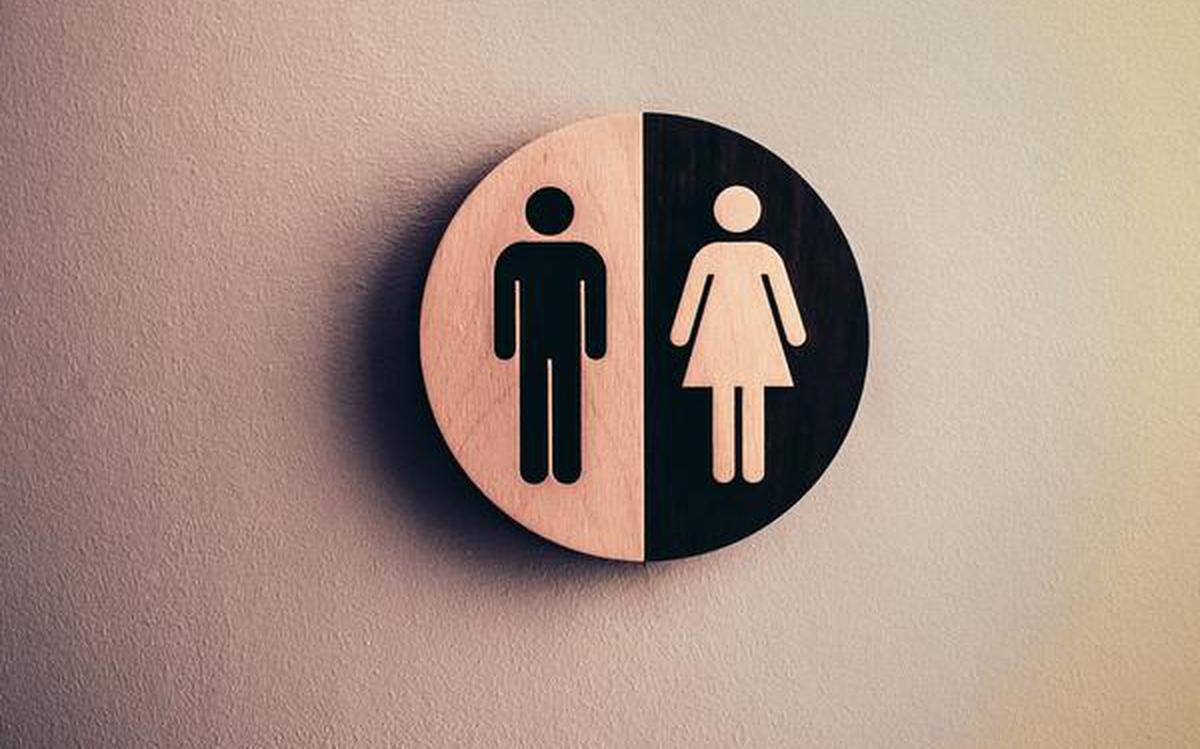
The World Economic Forum has just released its Global Gender Gap Report and it looks like India has a lot of catching up to do, with even Saudi Arabia ranking higher than it. While India ranked 135th out of a total of 146 countries in the global gender gap index, Saudi Arabia ranked 127th.
Among India’s other South Asian neighbours, Bangladesh ranked at 71, Sri Lanka at 110, while Pakistan was at 145 and Afghanistan at 146, taking the bottom two spots on the list.
As usual, Nordic countries figured prominently in the top five, taking the top three positions, with Iceland topping the list, followed closely by Finland and Norway, though New Zealand scooped the fourth place pushing Sweden to the fifth place.
According to the report, “India’s (135th) global gender gap score has oscillated between 0.593 and 0.683 since the index was first compiled. In 2022, India scores 0.629, which is its seventh-highest score in the last 16 years. With a female population of approximately 662 million, India’s level of attainment weighs heavily on regional rankings.”
India also performed poorly in the Economic Participation and Opportunity Index ranking at 143, ahead of only Iran, Pakistan and Afghanistan. It also performed poorly on the Health and Survival sub-index, taking the bottom spot, ranked at 146th, showing a gender gap of larger than 5 percent, and in the same league as Qatar, Pakistan, Azerbaijan and China.
However, it did slightly better in the Educational Attainment sub index ranking 107th, ahead of even China that ranked 120th. It was also ranked 48th in the Political Empowerment sub index. According to the report, “The share of women legislators, senior officials and managers increased from 14.6% to 17.6%,” but the “Political Empowerment records a declining score (-0.010) due to the diminishing share of years women have served as head of state for the past 50 years.” Even today, just one state – West Bengal – has a woman chief minister.
It is noteworthy that this empowerment had not translated into economic empowerment or access to adequate healthcare. This suggests that one needs to look deeper into the background of women who succeed in politics – whether they hail from politically powerful families in the first place, and are basically enjoying privileges associated with legacy political candidates. The role of caste, religion and economic class also cannot be ignored either. There is also a sexist, though not entirely untrue, allegation that often these women are proxies for the men in their family who wield the actual power.
The entire report may be read here:
Related:
Guess where India stands on the World Press Freedom Index?
India ranks high in cumulative excess Covid-deaths: Lancet report
India ranks 71 on Global Food Security Index
GOI rejects Global Health Index after India’s worst ranking ever